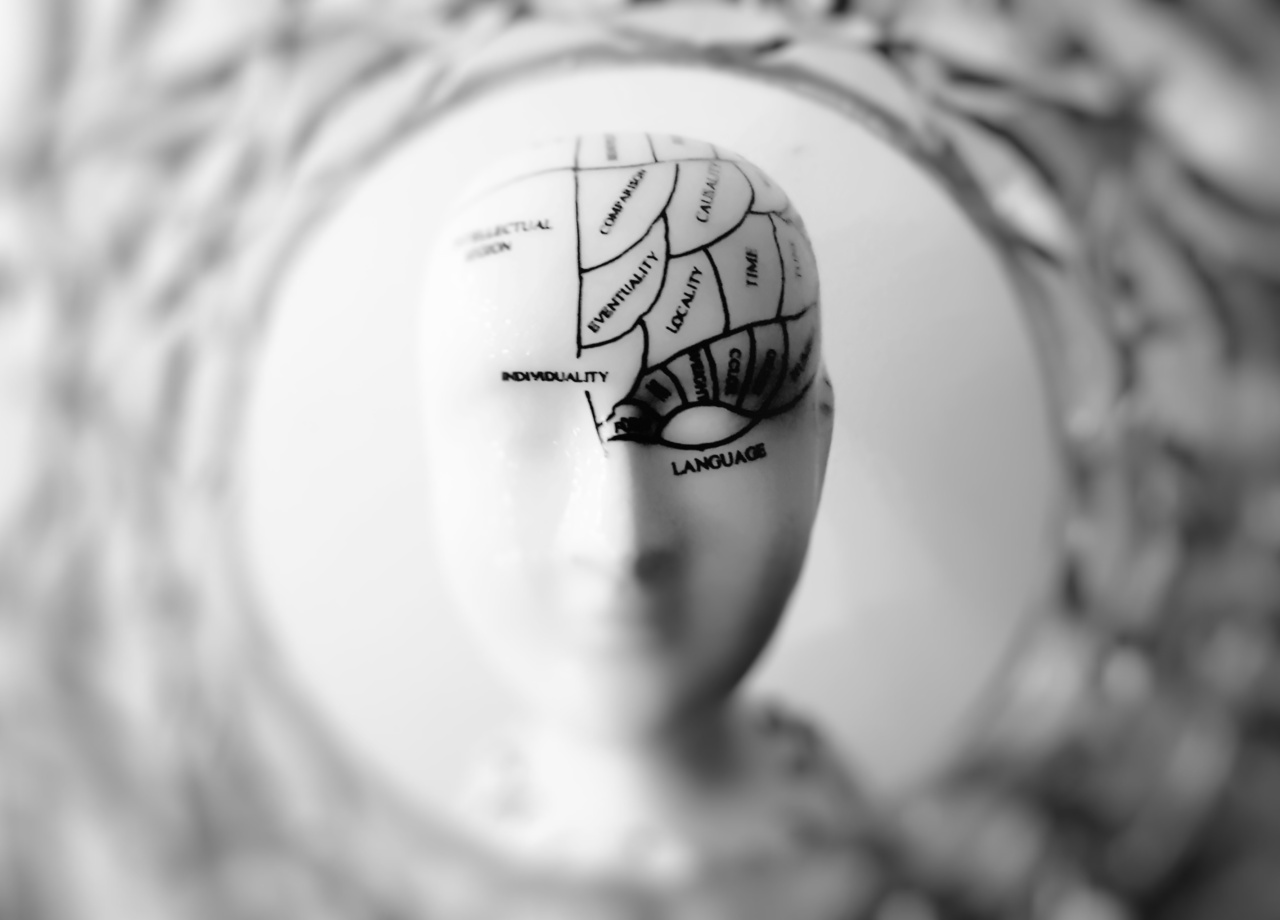A brain aneurysm is a potentially life-threatening condition that occurs when a weak spot in the wall of a blood vessel in the brain begins to balloon or bulge.
If left untreated, this weakened area can rupture, causing a severe and often fatal form of stroke known as a subarachnoid hemorrhage. The increasing risks associated with brain aneurysms are alarming, making it crucial to understand this condition and take necessary precautions.
1. What Causes Brain Aneurysms?.
The exact cause of brain aneurysms is not fully understood. However, certain risk factors are associated with their development:.
Brain aneurysms can occur at any age, but the risk increases with age, especially after 40. Additionally, having a family member with a brain aneurysm increases your chances of developing one.
Women are more prone to brain aneurysms than men. Hormonal changes during pregnancy and menopause may contribute to the increased risk. Additionally, the use of birth control pills or hormone replacement therapy may also be a factor.
Smokers have a higher risk of developing both ruptured and unruptured brain aneurysms. The use of cocaine or amphetamines also increases the risk.
Having high blood pressure and atherosclerosis (hardening of the arteries) can weaken the blood vessels in the brain, making them more prone to aneurysms.
2. Recognizing the Symptoms.
Brain aneurysms often go unnoticed until they rupture. However, some individuals may experience warning signs that should not be ignored. Common symptoms include:.
Severe headaches, different from regular headaches or migraines, can be indicative of a brain aneurysm. These headaches are often described as the worst headache of a person’s life.
Blurry or double vision, as well as difficulty seeing or sudden loss of vision, may be a sign of an impending aneurysm rupture.
Experiencing neck pain and stiffness, along with other symptoms, can suggest the presence of an aneurysm.
Sudden numbness or weakness, especially on one side of the face or body, can indicate a brain aneurysm.
3. The Increasing Risks.
Over the years, the risks associated with brain aneurysms have been on the rise:.
The modern lifestyle, characterized by high stress levels, poor diet, and lack of physical activity, contributes to the increased risk of developing a brain aneurysm.
High-stress levels can lead to elevated blood pressure, putting extra strain on blood vessel walls.
The increasing use and quality of medical imaging techniques, such as CT scans and MRIs, have led to a higher detection rate of brain aneurysms.
More aneurysms are now being discovered incidentally during routine medical examinations, even in individuals without symptoms.
The world’s population is rapidly aging, and age is a significant risk factor for brain aneurysms. As the elderly population grows, the overall number of aneurysms is also increasing.
4. Prevention and Treatment.
While some risk factors for brain aneurysms cannot be controlled, there are steps individuals can take to minimize their risk:.
Leading a healthy lifestyle can lower the risk of developing a brain aneurysm.
This includes activities such as exercising regularly, eating a balanced diet, maintaining a healthy weight, moderating alcohol intake, and abstaining from smoking or recreational drug use.
Controlling high blood pressure and managing other underlying health conditions, such as diabetes and atherosclerosis, can help reduce the risk of aneurysm formation.
Regular medical check-ups can aid in the early detection and monitoring of brain aneurysms. This is especially important for individuals with a family history of aneurysms or other risk factors.
Depending on the size, location, and overall health of the patient, treatment options for brain aneurysms may include surgical clipping, endovascular coiling, or flow diversion techniques.
It is crucial to consult with a neurosurgeon or interventional radiologist to determine the most appropriate course of action.
Conclusion.
Brain aneurysms pose a significant health risk, and their increasing prevalence is cause for concern.
Understanding the risk factors, recognizing the symptoms, and taking appropriate preventive measures can help decrease the chances of developing a brain aneurysm. Regular check-ups and early detection play a critical role in tackling this potentially life-threatening condition.



























